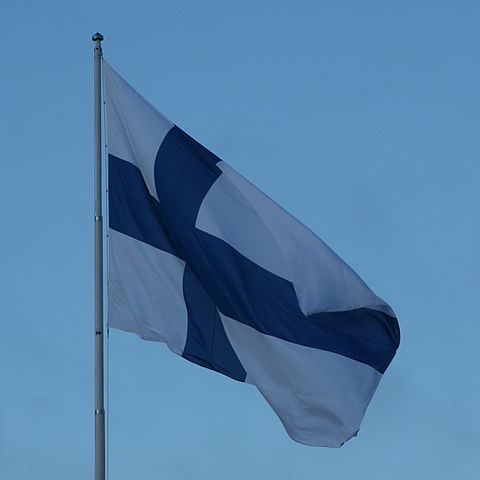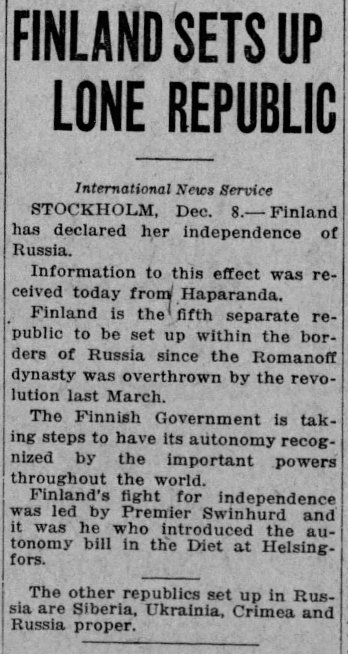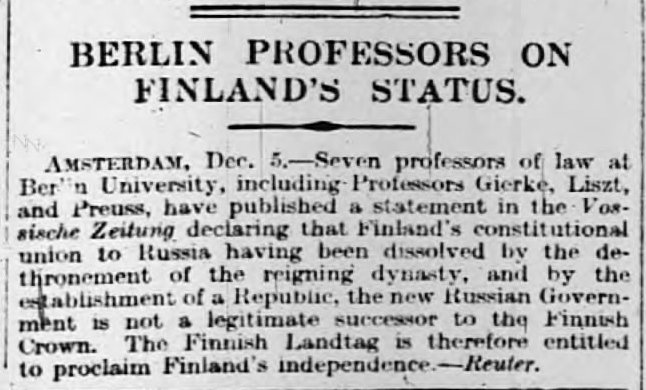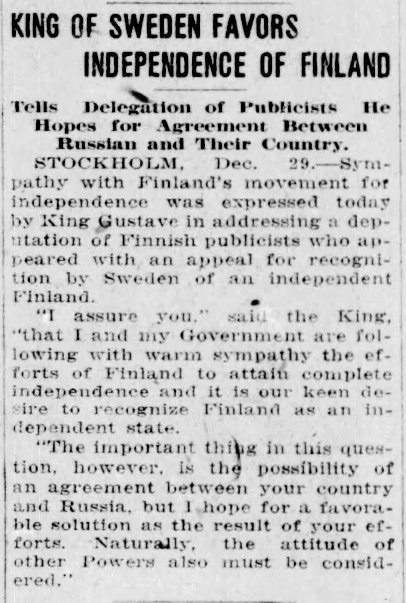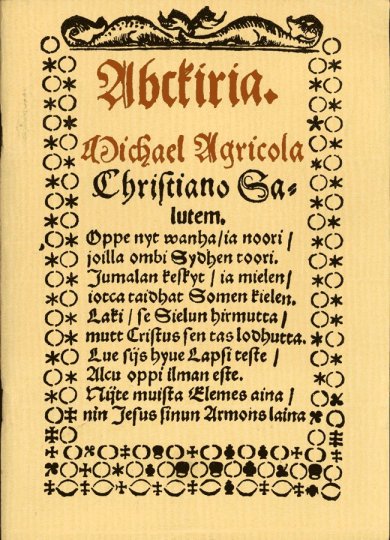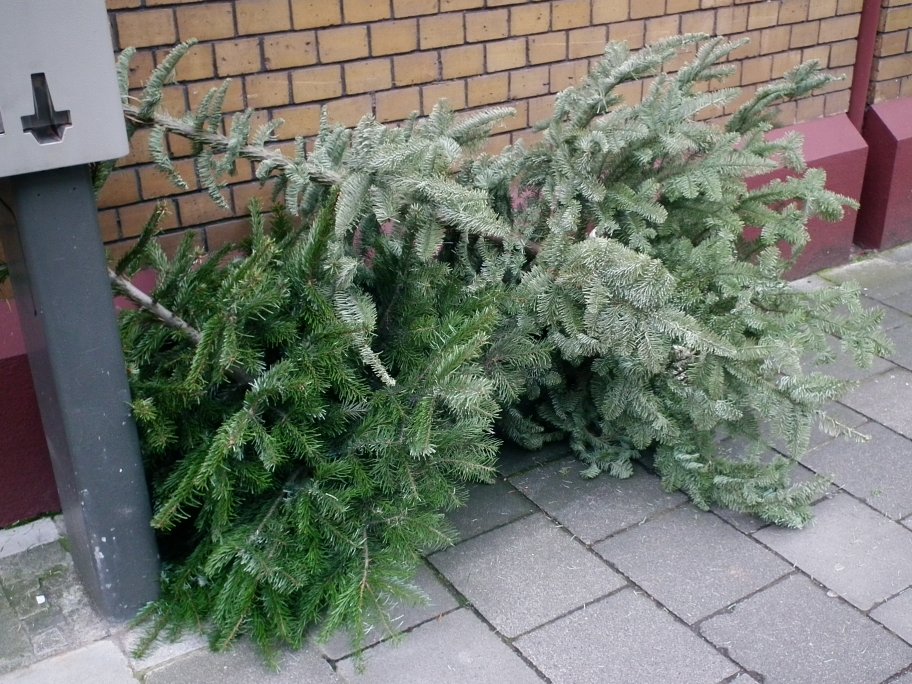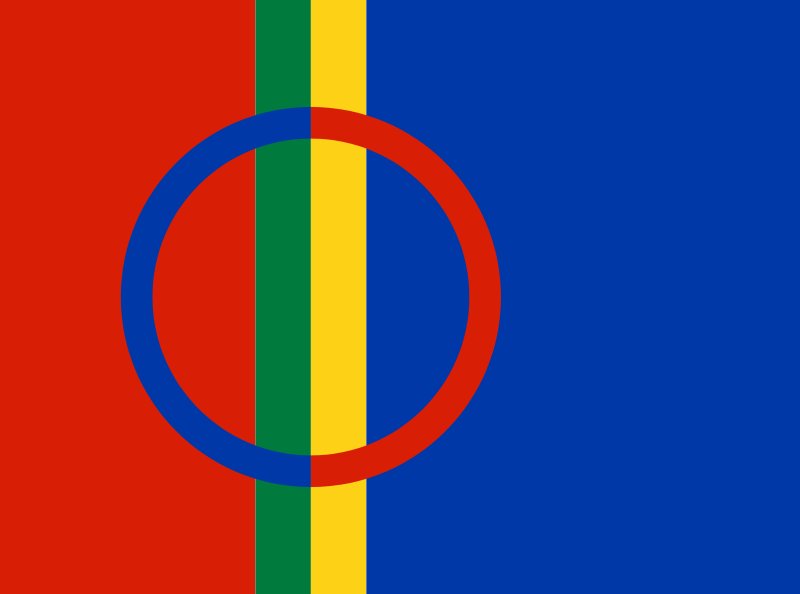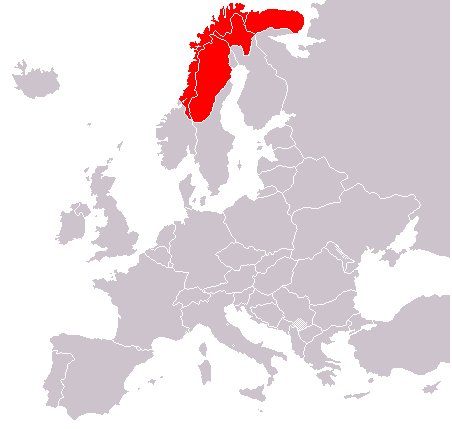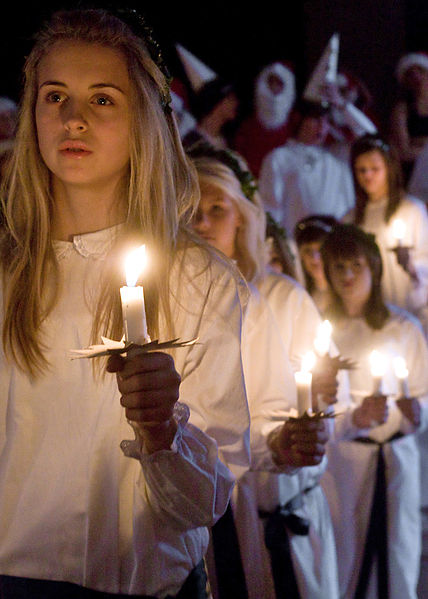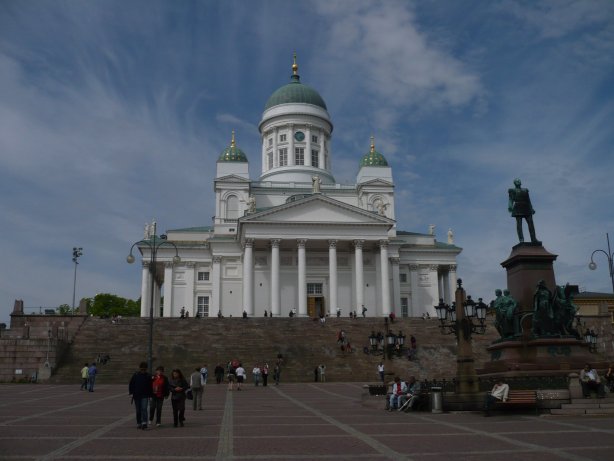Covering genealogy, family history, historical events and places, and anything else related!
Showing posts with label Finland. Show all posts
Showing posts with label Finland. Show all posts
Tuesday, January 24, 2017
Tuesday's Tip: Mapire
Mapire (http://mapire.eu/en/) provides access to historical maps of the Habsburg Empire. It contains maps of the First Military Survey (1763-1787), the Second Military Survey (1806-1869), the Third Military Survey (1869-1887), the Military Survey of Hungary (1941), the Austrian Netherlands (1764-1771), and the Hungarian Kingdom (1869-1887). There are cadastral maps from the nineteenth century, and maps of Europe in the eighteenth century, around 1850, and 1850-1890. The site also includes maps from other countries: Italy (nineteenth century), France (eighteenth century), Belgium (eighteenth century), Lower and Upper Alsace (1731), Scotland (nineteenth century), Ordnance Survey of England and Wales (about 1890), Southwest Germany (1797), Germany (nineteenth century), Finland (1918), and Norway (nineteenth century). There are maps of European cities: Vienna (eighteenth century), Budapest (eighteenth-twentieth century), Budapest (1944), London (eighteenth century), Moscow, Paris (1739), and Rome (1829). The Austrian Historic Town Atlas provides information about the history and urban development of sixty-four Austrian towns. It is possible to view the maps synchronized with each other or with today's maps. The maps can also be viewed in 3D. Copies of the maps (reproductions or digital copies) can be purchased. If you have ancestors from these areas, Mapire may be very helpful to you.
Tuesday, December 6, 2016
Independence Day (Finland)
Finnish flag on independence day 2011, Tähtitorninmäki, Helsinki, Finland. 6 December 2011. Photo by Htm [CC BY-SA 3.0 (http://creativecommons.org/licenses/by-sa/3.0)]. Available from Wikimedia Commons.
Today Finland is celebrating 99 years of independence. Before the Parliament of Finland adopted the Finnish Declaration of Independence on 6 December 1917, Finland was an autonomous part of the Russian Empire, the Grand Duchy of Finland.
Law professors at Berlin University declared that the Parliament of Finland had the right to proclaim independence. They believed that the change in Russian government had dissolved the union of Finland and Russia.
Sweden supported Finland's independence.
Today Finland is celebrating 99 years of independence. Before the Parliament of Finland adopted the Finnish Declaration of Independence on 6 December 1917, Finland was an autonomous part of the Russian Empire, the Grand Duchy of Finland.
Evening News (Harrisburg, PA), 8 December 1917, page 1
Law professors at Berlin University declared that the Parliament of Finland had the right to proclaim independence. They believed that the change in Russian government had dissolved the union of Finland and Russia.
The Times (London, England), 6 December 1917, page 8
Sweden supported Finland's independence.
St. Louis Post-Dispatch, 30 December 1917, page 3
Sunday, November 6, 2016
Finnish Swedish Heritage Day
Unofficial flag of Swedish-speaking Finns. By Mysid (Self-drawn in CorelDraw, based on FOTW.) [Public domain]. Available from Wikimedia Commons.
November 6 is Finnish Swedish Heritage Day. It is a celebration of Finland's Swedish-speaking population. The day was established in 1908 by the Swedish People's Party of Finland. November 6 was chosen because Gustavas Adolphus of Sweden was killed at the Battle of Lützen on 6 November 1632.
5.5 percent of the Finnish population speaks Swedish. Finland was part of Sweden for 700 years, and Swedish speakers have lived in Finland since the 1100s.
References
Finnish Swedish Heritage Day
How to be Finnish in Swedish - thisisFINLAND
November 6 is Finnish Swedish Heritage Day. It is a celebration of Finland's Swedish-speaking population. The day was established in 1908 by the Swedish People's Party of Finland. November 6 was chosen because Gustavas Adolphus of Sweden was killed at the Battle of Lützen on 6 November 1632.
5.5 percent of the Finnish population speaks Swedish. Finland was part of Sweden for 700 years, and Swedish speakers have lived in Finland since the 1100s.
References
Finnish Swedish Heritage Day
How to be Finnish in Swedish - thisisFINLAND
Monday, April 11, 2016
Mappy Monday: Swedish Empire (1560-1815)
Swedish Empire in Early Modern Europe (1560-1815). Derivative work by M.K, based on Swedish Empire (1560-1815) blank.svg by Justass, based on Ortus-imperii-suecorum.png by Memnon335bc [CC BY 3.0 (http://creativecommons.org/licenses/by/3.0) or GFDL (http://www.gnu.org/copyleft/fdl.html)]. Available from Wikimedia Commons.
This map shows the Swedish Empire from 1560 to 1815. The years of acquisitions and losses are included. Finland was part of the Swedish Empire for most of this period.
This map shows the Swedish Empire from 1560 to 1815. The years of acquisitions and losses are included. Finland was part of the Swedish Empire for most of this period.
Saturday, April 9, 2016
Day of the Finnish Language
Abckiria, the first Finnish ABC book by Mikael Agricola, 1543. Front page. Public domain. Available from Wikimedia Commons.
April 9 is Day of the Finnish Language and Day of Mikael Agricola, the creator of written Finnish. Agricola was rector of the Turku Cathedral School. He published the first Finnish-language book, Abckiria, in 1543. The book was a primer which contained the alphabet, spelling exercises, and catechism. In 1548, Agricola published a Finnish-language translation of the New Testament, Se Wsi Testamentti. He also translated portions of the Old Testament and wrote church manuscripts.
Agricola had to invent some words which had not previously existed in the Finnish language, such as esikuva (example), hallitus (government), and käsikirjoitus (manuscript).
References
Abckiria
Agricola, Mikael (1510 - 1557)
Day of Mikael Agricola – Finnish Language Day
April 9 is Day of the Finnish Language and Day of Mikael Agricola, the creator of written Finnish. Agricola was rector of the Turku Cathedral School. He published the first Finnish-language book, Abckiria, in 1543. The book was a primer which contained the alphabet, spelling exercises, and catechism. In 1548, Agricola published a Finnish-language translation of the New Testament, Se Wsi Testamentti. He also translated portions of the Old Testament and wrote church manuscripts.
Agricola had to invent some words which had not previously existed in the Finnish language, such as esikuva (example), hallitus (government), and käsikirjoitus (manuscript).
References
Abckiria
Agricola, Mikael (1510 - 1557)
Day of Mikael Agricola – Finnish Language Day
Wednesday, January 13, 2016
Twentieth Day After Christmas/St. Knut's Day
Discarded Christmas trees. 20 January 2011. Photo by 4028mdk09 (Own work) [CC BY-SA 3.0 (http://creativecommons.org/licenses/by-sa/3.0)]. Available from Wikimedia Commons.
Twenty days after Christmas, celebrations take place in Norway, Sweden, and Finland. In Norway, January 13 is Tyvendedagen (Twentieth Day, or Little Christmas Day). In Sweden, January 13 is Tjugondedag Jul (Twentieth Day Yule) or Tjugondedag Knut (St. Knut's Day). In Finland, January 23 is known as Nuutinpäivä. (St. Knut's Day).
On this day, Christmas trees are taken down, and any leftover food (such as candies and cookies used to decorate the tree) is eaten. In Sweden, families call this Julgransplundring ("plunder the Christmas tree.")
In Norway, there is a folk saying that "Saint Knut drives Christmas away." Christmas races have traditionally been held in some areas.
In Finland, young men traditionally dressed as a goat (Nuuttipukki) and visited houses. The goat was supposed to be scary.
References
8 Festivals of Norway
Little Christmas
St. Knut's Day
Trettondedag Jul, Tjugondedag Knut?
Twenty days after Christmas, celebrations take place in Norway, Sweden, and Finland. In Norway, January 13 is Tyvendedagen (Twentieth Day, or Little Christmas Day). In Sweden, January 13 is Tjugondedag Jul (Twentieth Day Yule) or Tjugondedag Knut (St. Knut's Day). In Finland, January 23 is known as Nuutinpäivä. (St. Knut's Day).
On this day, Christmas trees are taken down, and any leftover food (such as candies and cookies used to decorate the tree) is eaten. In Sweden, families call this Julgransplundring ("plunder the Christmas tree.")
In Norway, there is a folk saying that "Saint Knut drives Christmas away." Christmas races have traditionally been held in some areas.
In Finland, young men traditionally dressed as a goat (Nuuttipukki) and visited houses. The goat was supposed to be scary.
References
8 Festivals of Norway
Little Christmas
St. Knut's Day
Trettondedag Jul, Tjugondedag Knut?
Sunday, December 6, 2015
Independence Day (Finland)
Finnish flag on independence day 2011, Tähtitorninmäki, Helsinki, Finland. 6 December 2011. Photo by Htm [CC BY-SA 3.0 (http://creativecommons.org/licenses/by-sa/3.0)]. Available from Wikimedia Commons.
December 6 is Independence Day (Itsenäisyyspäivä) in Finland. On 6 December 1917, the Parliament of Finland adopted the Finnish Declaration of Independence. Prior to independence, Finland was an autonomous part of the Russian Empire, the Grand Duchy of Finland.
On Independence Day, the Finnish flag is raised on Observatory Hill (Tähtitorninmäki) in Helsinki. There are church services and visits to cemeteries and war memorials. People place blue and white candles in their windows and display Finnish flags. The movie The Unknown Soldier, which is based on Väinö Linna's book of the same name, is shown on television. The film is about the Continuation War between Finland and the Soviet Union during World War II. In the evening, an Independence Day Reception is held at the Presidential Palace. The reception is broadcast on television.
I visited Finland in 2008 and had a wonderful time. Although I have no known Finnish ancestors, according to Family Tree DNA's myOrigins, 4 percent of my DNA comes from Finland and Northern Siberia. I probably inherited this DNA from my Swedish and/or Norwegian ancestors.
References
Continuation War
Finnish Declaration of Independence
Finns Celebrate Freedom Every December
Independence Day (Finland)
December 6 is Independence Day (Itsenäisyyspäivä) in Finland. On 6 December 1917, the Parliament of Finland adopted the Finnish Declaration of Independence. Prior to independence, Finland was an autonomous part of the Russian Empire, the Grand Duchy of Finland.
On Independence Day, the Finnish flag is raised on Observatory Hill (Tähtitorninmäki) in Helsinki. There are church services and visits to cemeteries and war memorials. People place blue and white candles in their windows and display Finnish flags. The movie The Unknown Soldier, which is based on Väinö Linna's book of the same name, is shown on television. The film is about the Continuation War between Finland and the Soviet Union during World War II. In the evening, an Independence Day Reception is held at the Presidential Palace. The reception is broadcast on television.
I visited Finland in 2008 and had a wonderful time. Although I have no known Finnish ancestors, according to Family Tree DNA's myOrigins, 4 percent of my DNA comes from Finland and Northern Siberia. I probably inherited this DNA from my Swedish and/or Norwegian ancestors.
References
Continuation War
Finnish Declaration of Independence
Finns Celebrate Freedom Every December
Independence Day (Finland)
Friday, February 6, 2015
Sami National Day
The Sami flag. By Jeltz [Public domain]. Available from Wikimedia Commons.
February 6 is Sami National Day. The Sami are indigenous Finno-Ugric people who live in Sápmi, which includes northern parts of Norway, Sweden, Finland, and Russia.
Sami National Day was first celebrated on 6 February 1993. The date was chosen because the first Sami congress was held in Trondheim, Norway on 6 February 1917.
On this day, the Sami flag is flown and the Sami national anthem is sung. It is an official flag day in Norway. People eat traditional Sami food and wear gákti (traditional Sami clothing).
Sami Week is held every year in Tromsø, Norway around the time of Sami National Day. Activities include a Sami market and reindeer racing.
Sápmi in Europe. Edited by Misha bb [GFDL (http://www.gnu.org/copyleft/fdl.html) or CC BY-SA 3.0 (http://creativecommons.org/licenses/by-sa/3.0)]. Available from Wikipedia.
References
Sami National Day
Sami National Day celebrated
Sami people
Sami Week, Tromsø 2015
Saturday, December 13, 2014
Saint Lucia Day
Saint Lucia Day procession, Sweden, 13 December 2007. Photo by Fredrik Magnusson (Lucia) [CC-BY-2.0 http://creativecommons.org/licenses/by/2.0)]. Available from Wikimedia Commons.
Lussebullar. Photo by Per Ola Wiberg [CC-BY-2.0 (http://creativecommons.org/licenses/by/2.0)]. Available from Wikimedia Commons.
December 13 is Saint Lucia Day. It is a major feast day in the Scandinavian countries. The day has been observed in the Nordic countries since the Middle Ages, and continued after the Protestant Reformation. The modern Saint Lucia Day celebration began about 200 years ago. Until the eighteenth century, the night of Lucia Day was believed to be the longest night of the year, the winter solstice. It would have been the longest night of the year under the Julian calendar in the 14th century. Now that the Gregorian calendar is in use, it is no longer the longest night of the year.
In Sweden, there is a candlelit procession. In 1927, a newspaper in Stockholm elected an official Lucia for Stockholm, and the tradition of public processions began. An official Lucia is appointed in cities. Schools elect a Lucia, and a national Lucia is elected on television. The girl portraying Lucia wears a white gown with a red sash. She also wears a crown of candles on her head, because Lucia traditionally wears light in her hair. Lucia is accompanied by her maids. Boys also participate in the procession. They may be "star boys" (stjärngossar) dressed in white robes and a cone-shaped hat decorated with golden stars, gingerbread men, or tomtenissar with lanterns. When celebrated at home, the oldest daughter dresses as Lucia and serves the family coffee and saffron buns (lussekatter or lussebullar), which are traditionally eaten on this day. Traditional Lucia carols are sung; they are about overcoming the darkness with light. You can hear a Lucia song and read the lyrics in Swedish and English at Mama Lisa's World.
In Finland, Saint Lucia Day has traditionally been observed by Swedish-speaking Finns. Lucias are elected in Swedish-speaking areas. The Finnish-speaking population has begun to participate in the celebrations as well. Schools and day care centers may have processions. The national Lucia of Finland is crowned in Helsinki Cathedral.
In Norway, the night of December 13, Lussinatten, was considered the longest night of the year. No work was to be done on this night, because the enchantress Lussi punished anyone who worked; farms might be vandalized, or people might be abducted. After World War II, Norway adopted the traditional Swedish celebration. It has recently been incorporated into the Advent liturgy of the Church of Norway.
Denmark also adopted the traditional Swedish celebration. Franz Wend, secretary of Föreningen Norden, initiated the adoption of the Lucia celebration. On 13 December 1944, the Day of Lucia was celebrated for the first time in Denmark. The Danish celebration is centered on Christianity.
References
Christmas in Sweden
Lucia and Christmas concerts
Lucia in Sweden
Saint Lucia Day - My Little Norway
St. Lucia Day in Scandinavia
St. Lucia’s Day light conquers winter's darkness
St Lucy's Day
Lussebullar. Photo by Per Ola Wiberg [CC-BY-2.0 (http://creativecommons.org/licenses/by/2.0)]. Available from Wikimedia Commons.
December 13 is Saint Lucia Day. It is a major feast day in the Scandinavian countries. The day has been observed in the Nordic countries since the Middle Ages, and continued after the Protestant Reformation. The modern Saint Lucia Day celebration began about 200 years ago. Until the eighteenth century, the night of Lucia Day was believed to be the longest night of the year, the winter solstice. It would have been the longest night of the year under the Julian calendar in the 14th century. Now that the Gregorian calendar is in use, it is no longer the longest night of the year.
In Sweden, there is a candlelit procession. In 1927, a newspaper in Stockholm elected an official Lucia for Stockholm, and the tradition of public processions began. An official Lucia is appointed in cities. Schools elect a Lucia, and a national Lucia is elected on television. The girl portraying Lucia wears a white gown with a red sash. She also wears a crown of candles on her head, because Lucia traditionally wears light in her hair. Lucia is accompanied by her maids. Boys also participate in the procession. They may be "star boys" (stjärngossar) dressed in white robes and a cone-shaped hat decorated with golden stars, gingerbread men, or tomtenissar with lanterns. When celebrated at home, the oldest daughter dresses as Lucia and serves the family coffee and saffron buns (lussekatter or lussebullar), which are traditionally eaten on this day. Traditional Lucia carols are sung; they are about overcoming the darkness with light. You can hear a Lucia song and read the lyrics in Swedish and English at Mama Lisa's World.
In Finland, Saint Lucia Day has traditionally been observed by Swedish-speaking Finns. Lucias are elected in Swedish-speaking areas. The Finnish-speaking population has begun to participate in the celebrations as well. Schools and day care centers may have processions. The national Lucia of Finland is crowned in Helsinki Cathedral.
In Norway, the night of December 13, Lussinatten, was considered the longest night of the year. No work was to be done on this night, because the enchantress Lussi punished anyone who worked; farms might be vandalized, or people might be abducted. After World War II, Norway adopted the traditional Swedish celebration. It has recently been incorporated into the Advent liturgy of the Church of Norway.
Denmark also adopted the traditional Swedish celebration. Franz Wend, secretary of Föreningen Norden, initiated the adoption of the Lucia celebration. On 13 December 1944, the Day of Lucia was celebrated for the first time in Denmark. The Danish celebration is centered on Christianity.
References
Christmas in Sweden
Lucia and Christmas concerts
Lucia in Sweden
Saint Lucia Day - My Little Norway
St. Lucia Day in Scandinavia
St. Lucia’s Day light conquers winter's darkness
St Lucy's Day
Thursday, June 12, 2014
Helsinki Day
June 12 is Helsinki Day (Helsinki-päivä), a celebration of the founding of Helsinki. The first Helsinki Day was celebrated on June 12, 1959, the 409th anniversary of the founding of the city. The celebration includes many free events such as morning coffee, music, dance, films, food, sports, and tours.
I have not discovered any Finnish ancestors, but I visited Finland, including Helsinki, in 2008 and had a wonderful time. Helsinki is a beautiful city.
Helsinki Cathedral
Subscribe to:
Posts (Atom)

